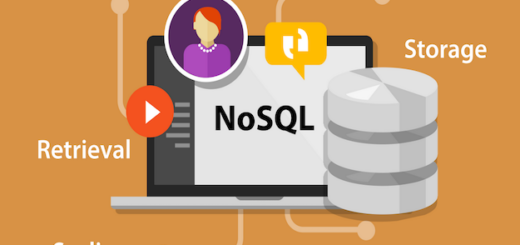E-commerce has now become a global power, connecting businesses and consumers from all over. The magnitude of this industry’s strength is well-represented by Amazon’s founder and CEO, Jeff Bezos — who also happens to be the richest man in the world. In the Philippines, The Department of Trade and Industry is banking on e-commerce to contribute 25 percent of the country’s GDP this year.

E-commerce is indeed making waves in local and international shores. That’s why, getting into this industry should be a no-brainer for a business owner like you. Whether you already have a successful brick and mortar store or you’re just looking to try your business idea out, these steps will help you venture into the country’s e-commerce market.
Inception
If you’re starting from scratch, the first thing you need to figure out is what exactly are you going to sell. The most popular e-commerce products in the country are electronics, fashion, appliances, food, and more. You could also invest in market services instead of products. Workshops, repairs, and cleaning services are among the most-searched categories.
A catchy name is always a good idea. Just make sure it represents your business well and it doesn’t offend anyone.
Once you’ve determined your main products and named your new store, you should register with DTI or the Securities and Exchanges Commission. This may seem unnecessary but you can never underestimate the perks and protection of making your business official. Aside from having the law at your back some suppliers are also more open to doing business with officially registered businesses — particularly important for a startup.
Marketing
Designing a logo, building a website, and managing your social media accounts are all part of marketing your business. In e-commerce, these tasks take on a whole new level of importance and complexity, particularly if you do not have a physical store. Your online presence is your only representation, so manage it well.
Create an intuitive and memorable website. Most, if not all, of the purchases of your products will be done here. An easy-to-use site will help you earn more efficiently.
When you’re starting out, employing the services of an SEO company in the Philippines may be your best bet. If you don’t know what SEO means or what it does, you should definitely give the pros a call. Essentially, working on search engine optimization (SEO) will help your website rank higher in Google, ultimately gaining you more exposure and ultimately revenue. If you’re interested in the ins and outs of SEO, here are the must-have elements of a successful SEO strategy.
Logistics
Once you’ve set up your website, it won’t be long until orders will start coming in. Keep everything organized. Keep tabs on the whole process from the moment clients order up to the moment they receive their shipment. Evaluate whether you’re using the best system possible. Some couriers prioritize speed over handling your package with care. Make sure the customer experience doesn’t suffer.
Retention
Speaking of customer experience, the last step in ensuring the success of your e-commerce business is to bolster your after-sales relationship with clients. In every business, conflicts will always make their way into operations. Handling these conflicts effectively will make your clients feel valued and heard, even if you’re only answering their emails. Go the extra mile and send out short but intuitive surveys to assess how your customers feel about your business. Learn to embrace feedback constructively.
Your e-commerce business can be a lucrative venture as long as you work hard and follow these steps.




